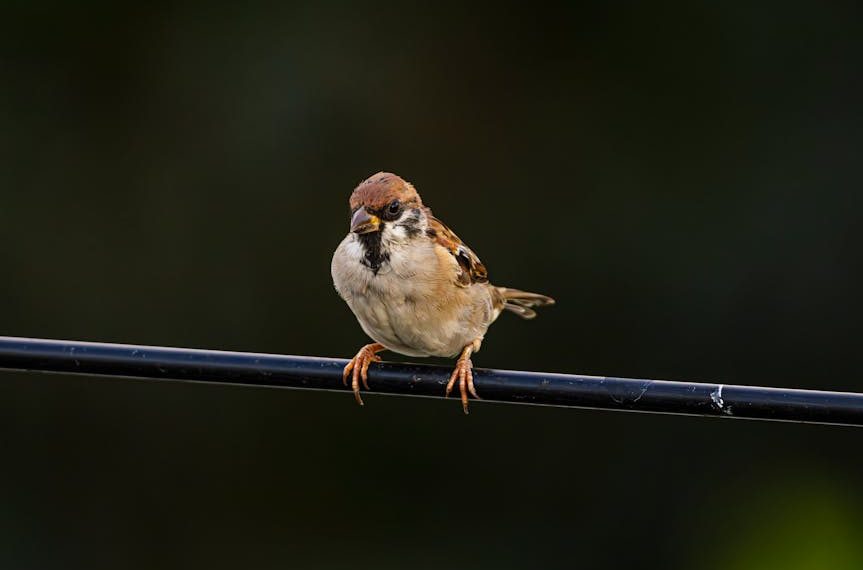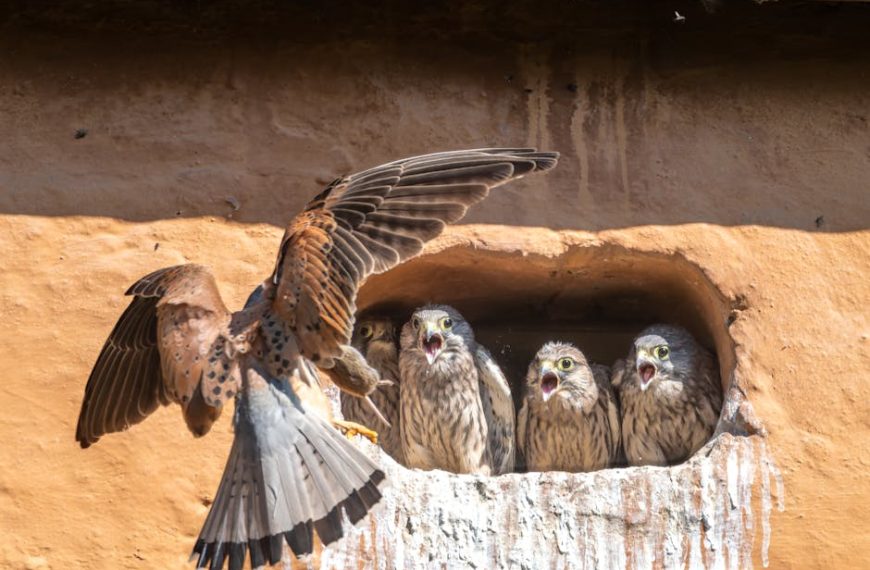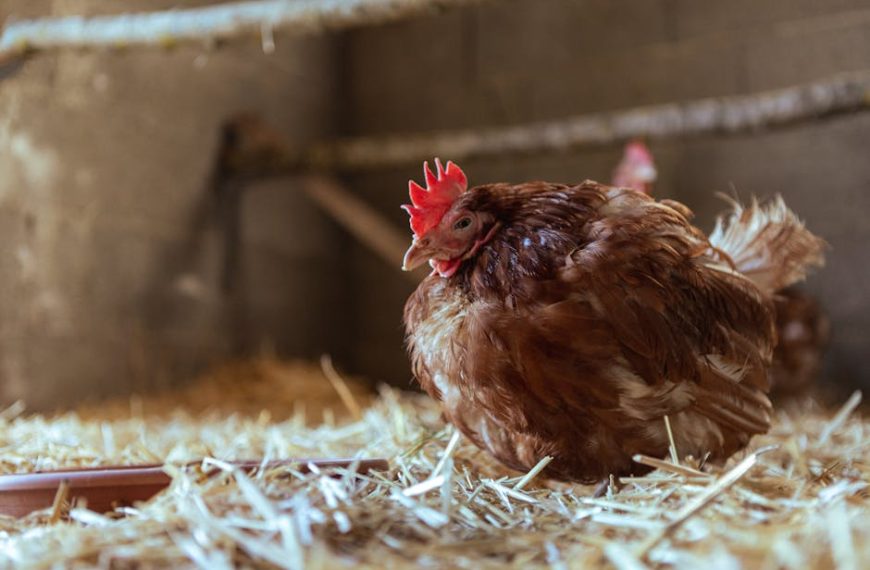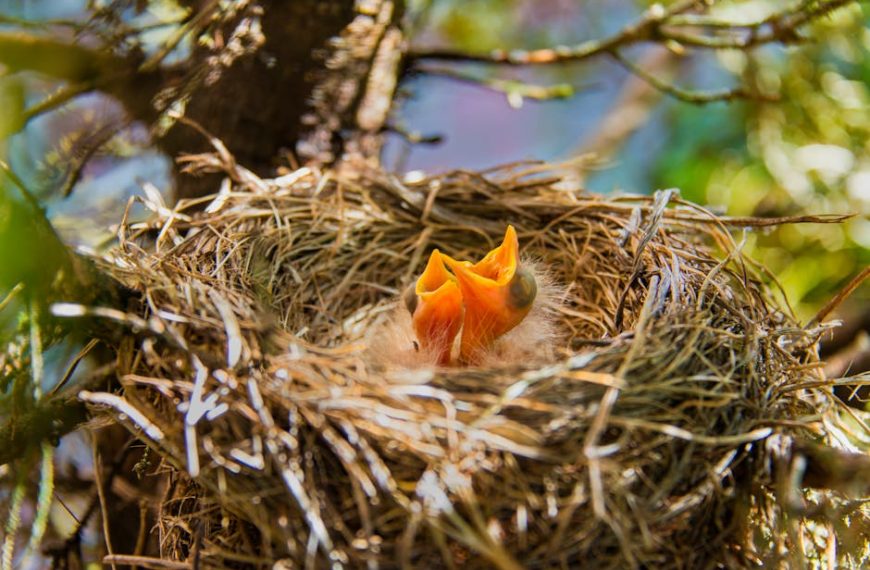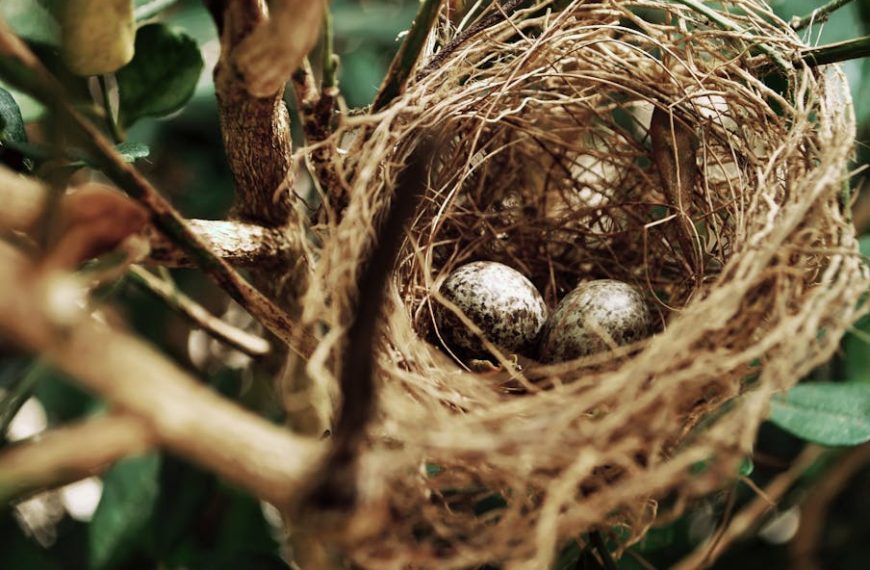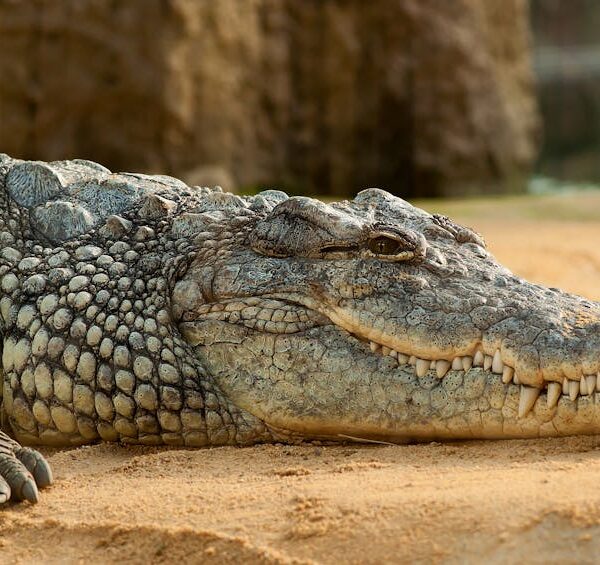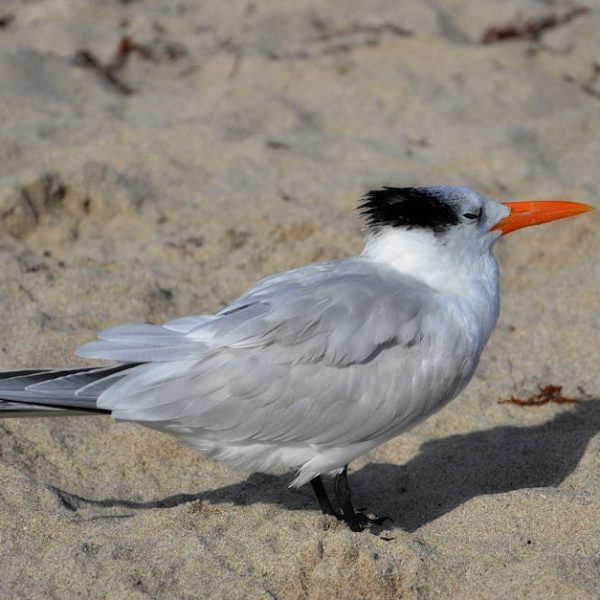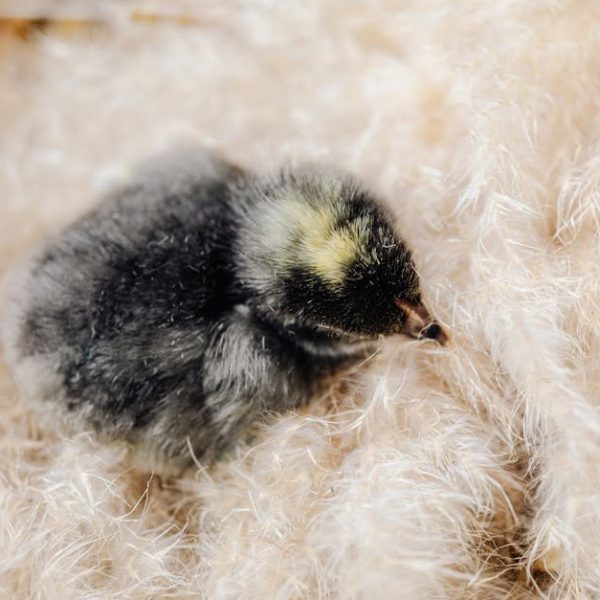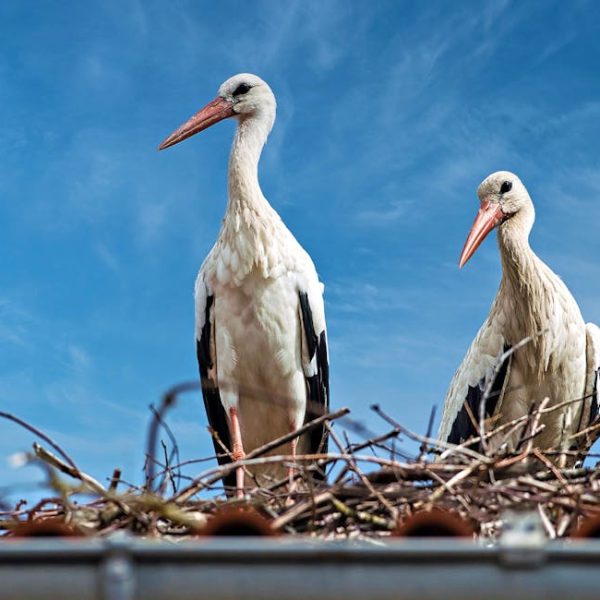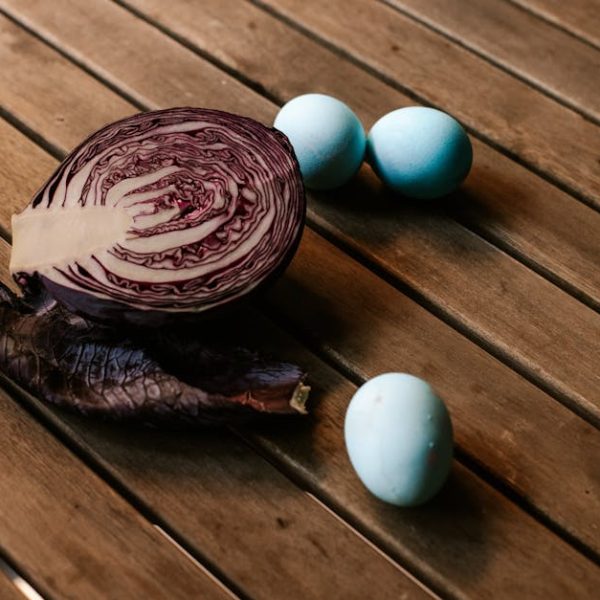Birds, with their fascinating chorus of calls and impressive plumage, capture our interest and curiosity in many ways, and one aspect of their lives that are particularly intriguing is their process of birthing. It’s an intricately choreographed biological dance that begins with incubation – the pivotal phase whereby birds sit on their eggs to provide them with the necessary warmth, protection and conditions to develop into chicks. This pivotal act is subject to a myriad of variables, from the bird species to environmental factors that can either hasten or prolong the process.
Understanding the Basics of Bird Incubation
Bird incubation is a complex sequence, involving an array of innate behaviours geared towards achieving one primary purpose – ensuring the successful hatching of a new generation. Birds create a suitable temperature and adjust to changes in humidity to promote embryonic development. While it might appear as a simple act of sitting, bird incubation is an intricate process that varies substantially across the approximately 10,000 unique bird species inhabiting our planet.
Although it’s tempting to take a closer look or even to intervene in some cases, one of the best practices while observing bird incubation is to respect the bird’s territory. Maintain a safe distance to minimize stress and intervention that could negatively affect the incubation process.
Quick Facts
- The bird world’s shortest known incubation period is 12 days, seen in some species of small passerine birds.
- The longest recorded incubation period in birds is the Emperor Penguin’s 64-67 day period.
- The incubation period in many bird species is divided fairly equally between male and female, known as shared incubation.
- In contrast, some birds, like the hummingbird, solely rely on the female for the incubation process.
In-depth Look at the Incubation Periods of Various Bird Species
Incubation periods display a broad range across different bird species. Some birds tend to have shorter incubation times, such as pigeons who average a period of 18 days. In stark contrast, eagle species incubate their eggs for approximately 35 to 42 days, depending on factors like species and habitat conditions.
Each incubation strategy comes with its set of advantages and disadvantages. Shorter incubation periods reduce the vulnerability to predators but require an intense and energy-draining commitment from the parents. On the other hand, longer incubation periods allow parents more flexibility but expose the nest to predators for a more extended period.
Comparison of Bird Incubation Periods
| Bird Species | Average Incubation period (days) |
|---|---|
| Sparrows | 14 |
| Pigeons | 18 |
| American Bald Eagles | 35 |
Bird hatching and incubation time frames are as diverse and unique as the birds themselves, indicating the complexity of these enchanting creatures. Whether it’s a diminutive sparrow or a regal eagle, each bird navigates its respective incubation journey in its own way. The next time you spy a bird nestling over its eggs, you’ll have a deeper understanding of what lies beneath this act of nature.
The Bird’s Parenting Role during Incabution
Birds are not merely passive incubators. During the incubation period, they actively participate to ensure the successful hatching of their young. They carefully regulate the temperature of the eggs – too cold, and the embryo development may slow down or stop; too warm, and it may speed up to detrimental effect. Birds often turn their eggs, probably to ensure even heat distribution. Aside from meticulous temperature management, birds also courageously defend their nests from potential predators.
Observing birds during this critical period can be a captivating experience. However, it’s essential to uphold respectful bird-watching practices to ensure minimal disruption.
Pro Tips:
- Use binoculars to watch nesting birds from a safe distance. Never approach nests during the night when birds are most sensitive.
- Minimize your watching time, so birds can perform necessary activities without constant disturbance.
- Don’t touch the birds or their eggs. Your scent may deter the birds from returning to their nest.
Understanding Bird Behaviours Checklist
- Observe from a distance: Keep a reasonable distance from nests to avoid alarming the birds.
- Minus the flash: Never use flash photography, as it can scare birds and disrupt their routines.
- Note Seasonal Behaviours: Birds’ behaviours vary with seasons, especially during incubation. Be mindful of these changes when watching.
Threats to Successful Bird Incubation
Threats to bird incubation can range from nature’s wrath to intrusive human behaviours. Inclement weather, predators, and human disturbance can all pose considerable risks. For some species, egg theft for the pet trade is a significant problem.
Here are some best practices to minimize the threats:
- Be aware of nesting birds in your environment and make sure pets are controlled to avoid disturbance.
- Avoid trimming trees and shrubs during nesting season.
- If you find a fallen nest, it’s usually best to leave it where it is. Mother birds are often nearby waiting for you to leave to return to their offsprings.
Quick Facts
- Predators, such as snakes, raccoons, and other birds, pose significant threats to eggs during the incubation period.
- Human activities, like agriculture, logging, and urban development, have led to habitat losses affecting the nesting success of birds.
- Natural disasters, unusual weather patterns, and climate change can disrupt nesting birds and hamper successful incubation.
Pitch In: How Humans Can Support Birds during Their Incubation Period
Every action we undertake can have a ripple effect on our environment, including bird populations and their incubation processes. Committing to bird-friendly practices can significantly support bird conservation efforts.
Here’s a checklist of simple actions to consider:
- Plant trees and shrubs that provide natural habitats for birds.
- Keep your cats indoors, especially during breeding season.
- Use fewer pesticides and opt for organic options when possible.
Pro Tips:
- Consider building a birdhouse or bird feeder in your backyard to provide a safe nesting environment.
- Engage with local bird conservation programs or citizen science projects focused on avian health and protection.
- Share your bird sightings and experiences on birding platforms and social media to spread awareness.
Bird incubation is a remarkable natural process that’s as diverse as it’s fascinating. By understanding these processes and minimizing our negative impact, we can play our part in preserving our feathered friends and ensure the successful hatching of the next generation.
Key Takeaway:
- Bird incubation is an intricate process which largely varies across different bird species.
- Optimal temperature and humidity are essential for the successful incubation of bird eggs.
- Both male and female birds play a huge role during the incubation period which includes maintaining the necessary egg temperature and protecting the eggs from predators.
- During this period, birds face various challenges including environmental factors, predators, and human intervention.
- Humans can contribute positively to supporting bird populations during their incubation period by adopting bird-friendly practices such as respecting the birds’ habitat and minimizing disturbances.
Birds play a crucial role in maintaining ecological balance. Their incubation period underscores the complexity and resilience of these amazing creatures. We can extend our fascination for birds by being considerate observers, mindful of our actions, and proactive contributors to their welfare. Our understanding and efforts can go a long way in ensuring their flourishing presence for generations to come.
FAQs
Q: Do all bird species sit on their eggs for the same duration?
A: No. The incubation period varies greatly among different bird species. It can range from as short as 12 days in some small passerine birds to as long as 67 days in Emperor Penguins.
Q: Is it only the female bird that sits on the eggs?
A: It depends on the bird species. In many bird species, both the male and female share incubation duties. However, in some other species, like the hummingbird, only the female is involved in the incubation process.
Q: Why do birds turn their eggs during the incubation period?
A: Birds often turn their eggs probably to ensure even heat distribution which is essential for successful embryonic development.
Q: What should I do if I find a fallen bird nest?
A: Typically, it’s best to leave a fallen nest where it is since the mother bird is often nearby waiting for you to leave so she can return to her offsprings.
Q: How can I support birds during their incubation period?
A: You can support birds during their incubation period by adopting bird-friendly practices such as planting trees and shrubs that provide natural habitats for birds, keeping your cats indoors during breeding season, and using fewer pesticides.
Be sure to share this article with others and explore more intriguing posts on our website!


